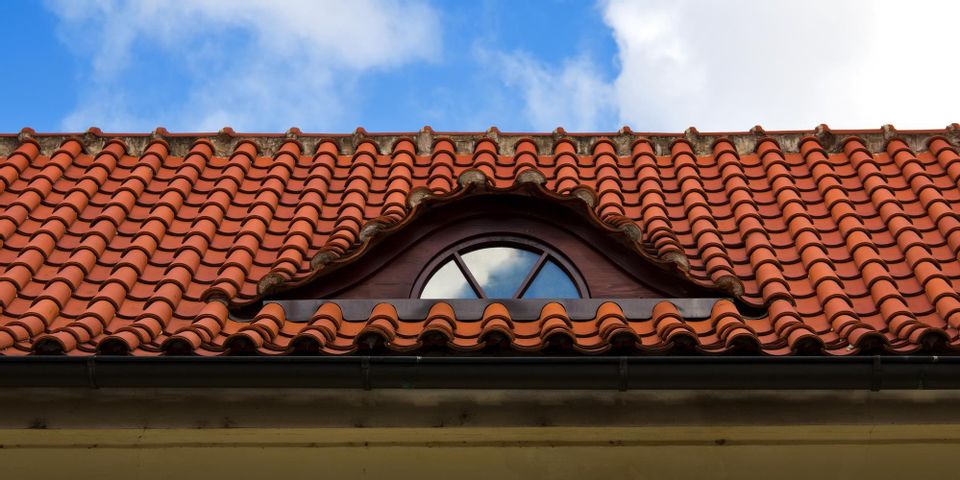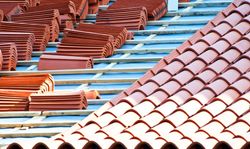
While there have been many modern advancements when it comes to roofing materials, clay tile has stuck around for a reason. For homeowners getting a roof replacement, you could substitute your current asphalt shingles with more of the same—or you could upgrade. The guide below explores the advantages and disadvantages of this choice.
What to Know About Clay Roof Tiles
Pros
Clay tiles complement stone, brick, or southwestern style homes. In addition to being a stylish choice, they can last for decades with almost no maintenance and are resistant to pests, rot, and fire. They are resilient in climates with extreme temperatures—even against hail—and provide formidable insulation, which will help lower your utility bills. Individual tiles are easy to replace if they become damaged.
Cons
 The primary drawback of this material is the weight, which may require more structural support. The tiles can be fragile if stepped on, so any work done on the roof or gutters may result in a few broken ones. Clay roofs are more difficult and time-intensive to install, and the tiles themselves are pricey than other options.
The primary drawback of this material is the weight, which may require more structural support. The tiles can be fragile if stepped on, so any work done on the roof or gutters may result in a few broken ones. Clay roofs are more difficult and time-intensive to install, and the tiles themselves are pricey than other options.
Alternative Materials With Similar Advantages
If you want the look of a clay tile roof without the expense, you can choose concrete, which has many of the advantages of tile but is still a heavier material. Stone-coated steel or asphalt shingles that mimic tile are lighter, less expensive options to true clay. Talk with your roof replacement contractor about what materials will work best for your climate and home.
If you’re looking for a beautiful, durable roofing material for your house, talk to the experts at AMCAT Roofing in Durango, CO. In addition to roof replacements, they also specialize in storm damage restoration and will assist you in working with your insurance company. Licensed in Utah, Colorado, and Arizona, visit them online to view a list of commercial and residential services. Call (970) 799-6759 for an estimate.
About the Business
Have a question? Ask the experts!
Send your question

